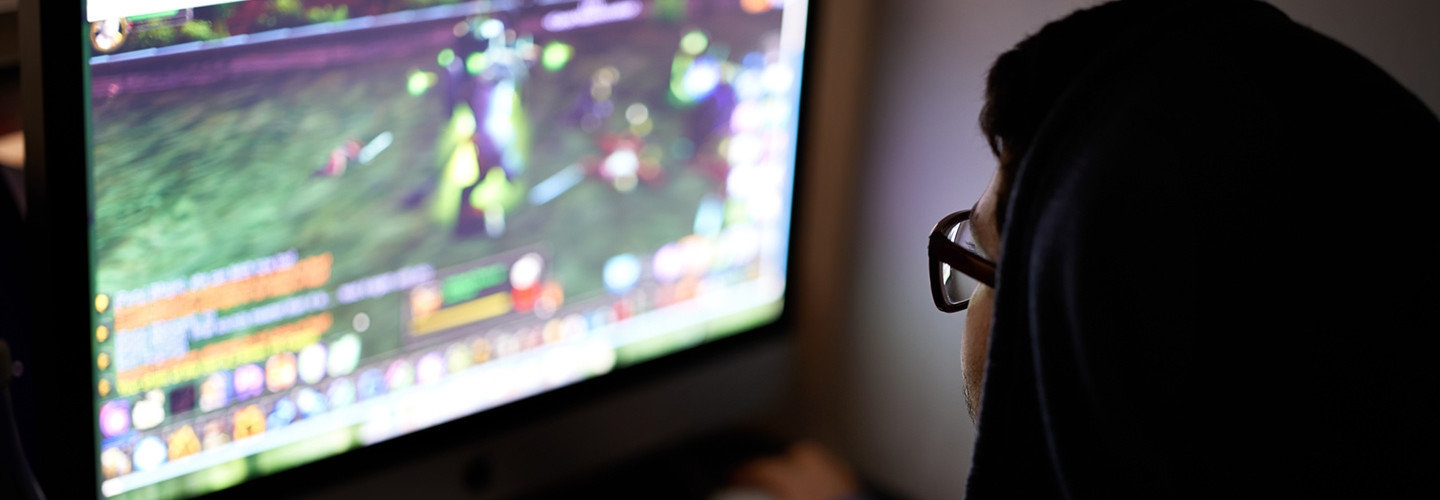Kids Can Learn to Code Games Outside the Classroom
Many children want to make games but don’t know how. That’s great for teachers who are already running a class on game development. But what do you do for kids whose schools don’t offer such classes?
Let me tell you about a 9-year-old girl named Kenzie and the first video game she created, Truth & Trolls.
Kenzie dreamed up the idea for Truth & Trolls and started researching how to make it. She figured out she would need a tool or software to create a video game. She asked her mom for help. They managed to find an age-appropriate course about how to use RPG Maker. Unfortunately, at $829, it was prohibitively expensive.
So her mom put together a Kickstarter campaign to raise money for the course fee. Everyone who contributed would get a copy of Kenzie’s game. And before Kenzie got out of school the next day, the campaign had earned more than enough to cover the class — in fact, contributors raised nearly $25,000.
Kenzie took the training, got help from a variety of advisers (including me) and eventually created her first video game.
It’s easy for kids to look at Kenzie’s story and say, “Of course she was successful. People gave her a lot of money.” But her success started when she began asking questions, the first one being, “How do I do this?” She didn’t have the answers, so she asked friends, family and Google.
Start Asking Questions
To get started, children need to identify gaps in their knowledge and resources by asking themselves certain questions:
Do I need to know how to program? Kids can make games without knowing how to code by using systems such as MIT’s Scratch or YoYo Game’s GameMaker. If they want to learn a real coding language and game engine, there are several that make good starting points: Unity 3D and MonoGame for C#; Unreal Engine and Torque for C++; and CraftyJS and Unity 3D for Java Script.
How do I create the art I need and get it into my computer? Most cellphones these days can take photos that can be transferred to a computer. If this doesn’t produce the quality of art desired, then it’s time to start learning. There are great free paint applications, such as Gimp and Paint.NET, as well as free 3D modeling tools, like Blender. All have online tutorials.
How can I get more people to help? Often children will find that they have friends who would like to build a game as well and are willing to share in the challenge. Perhaps one can learn to program while the other produces the art, or maybe they can learn to code and create art together. If the project is being done in class, ask students to talk about the type of game — such as racing, puzzle or real-time strategy — that they would like to make. Put students into groups organized by game genre and get them talking.
Teachers who want to help can advise students to reach out to friends, family and their parents’ co-workers to see if anyone has programming or art experience and might be willing to teach the young game maker. Many might be surprised by how many people would be honored to help.
But why stop there? Teachers also can learn how to program and work together with their students to create a game. Here are a few tips for getting started:
Start small. If a child has a large game in mind, don’t worry about everything at once. Just create the first level to start with. Or pick a small game — something they can complete quickly and show others.
Make it playable. The child’s first action should typically be to get a character on the screen that they can control. The sooner they can make the game playable, the easier it will be to see progress, and the more likely they will be to complete the game.
Focus on coding. Art is hard work, and it’s easy for kids to get distracted. It’s better to target game ideas early on that don’t require much art. It’s easier to design for less art and add more later than it is to design with a lot of art in mind and come up short.
Simple is OK. First-time game programmers don’t need photo-realism to become successful. They just need to get started — and their game is just around the corner.








